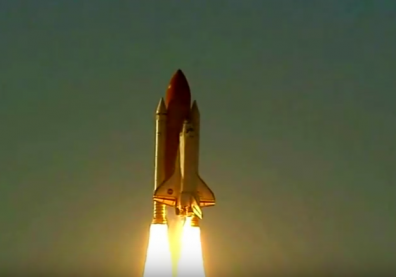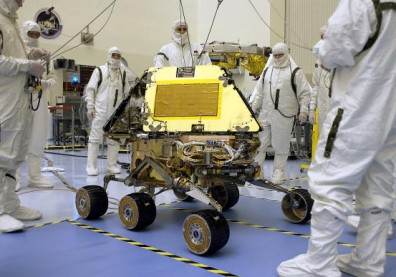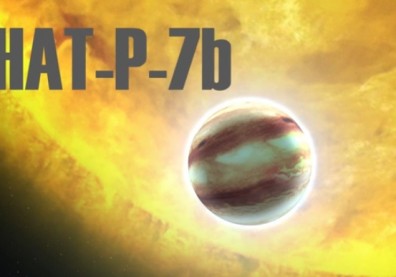Researchers from the University of Arizona have discovered 2015 TC25 meteoroid near the Earth in October 2015. NASA and FEMA disclosed ways of dealing with killer asteroids.
NASA Update: 2015 TC25 Found Near The Earth
CS Monitor reports that researchers from University of Arizona have found 2015 TC25 in October 2015. It is a Near Earth Object (NEO) that is approximately 80,000 miles away from the Earth. This is a mere third of the distance of the Moon from the Earth.
NASA Update: 2015 TC25 Is The Tiniest But Brightest Asteroid
Researchers of The Astronomical Journal have described 2015 TC25 as an aubrite, a rare type of igneous asteroid that has a high concentration of silicates. These kinds of asteroids are formed at a very high temperature in a basaltic environment. 2015 TC25 appears bright due to the silicates that are reflective in nature. This makes 2015 TC25 as the tiniest but the brightest near-earth asteroid. Compared to the Moon that only reflects 12 percent of sunlight, it reflects 60 percent of the sunlight that hits it.
Vishnu Reddy, the research leader and an assistant professor at the University of Arizona's Lunar and Planetary laboratory, believes that 2015 TC25 is a part of 44 Nysa. It is a large and very bright asteroid with a size similar to Los Angeles and the brightest among asteroids of Nysian family.
Reddy has revealed that they have already installed an optical, infrared and radar data on 2015 TC25. Research shows that it has a low possibility of hitting the Earth. However, studying near-earth 2015 TC25 helps in understanding and dealing with asteroids that will most likely hit the Earth.
NASA Update: How To Deal With Killer Asteroid Strike?
Asteroids can turn the Earth into a deep freeze and annihilate all its inhabitants. Hence, it should be detected immediately but NASA is not yet prepared to save the Earth from giant asteroids. According to Inquistir, NASA is creating a map of all asteroids and comets. Fortunately, NASA has determined that the detected asteroids are not striking the Earth.
The Minor Planet Center helps NASA by notifying them of new NEOs detected. NASA and Minor Planet Center determine if the NEO will hit the Earth or not. Once the strike is about to happen, they will contact the White House and measures will be done to decrease the damages and casualties.










